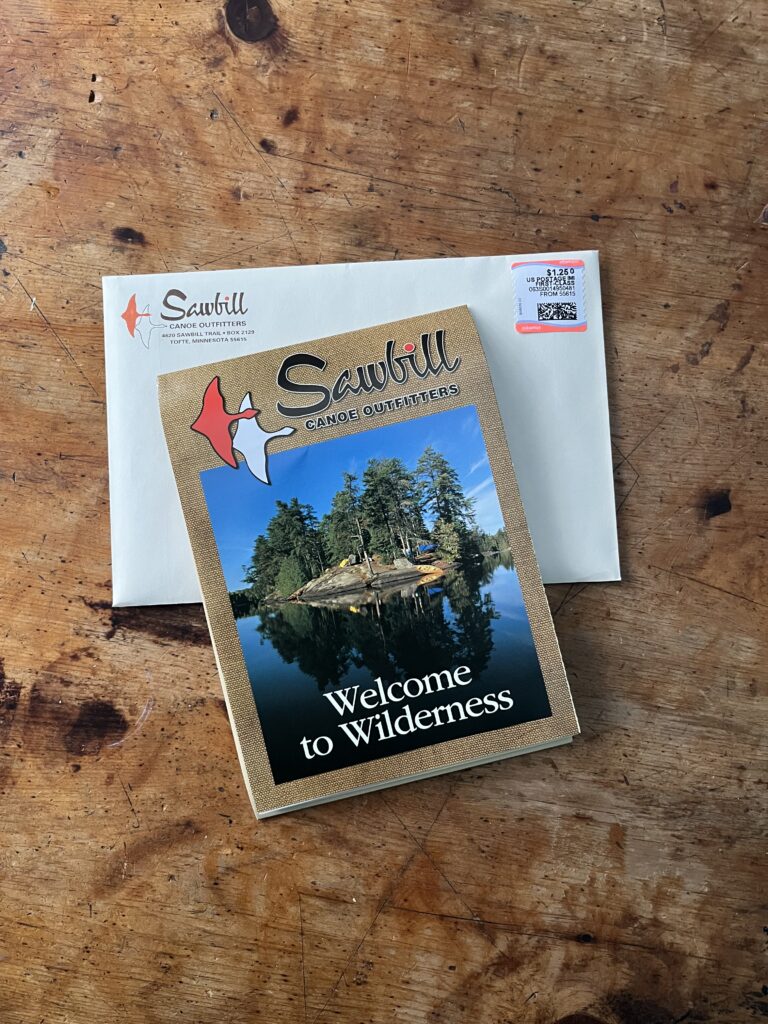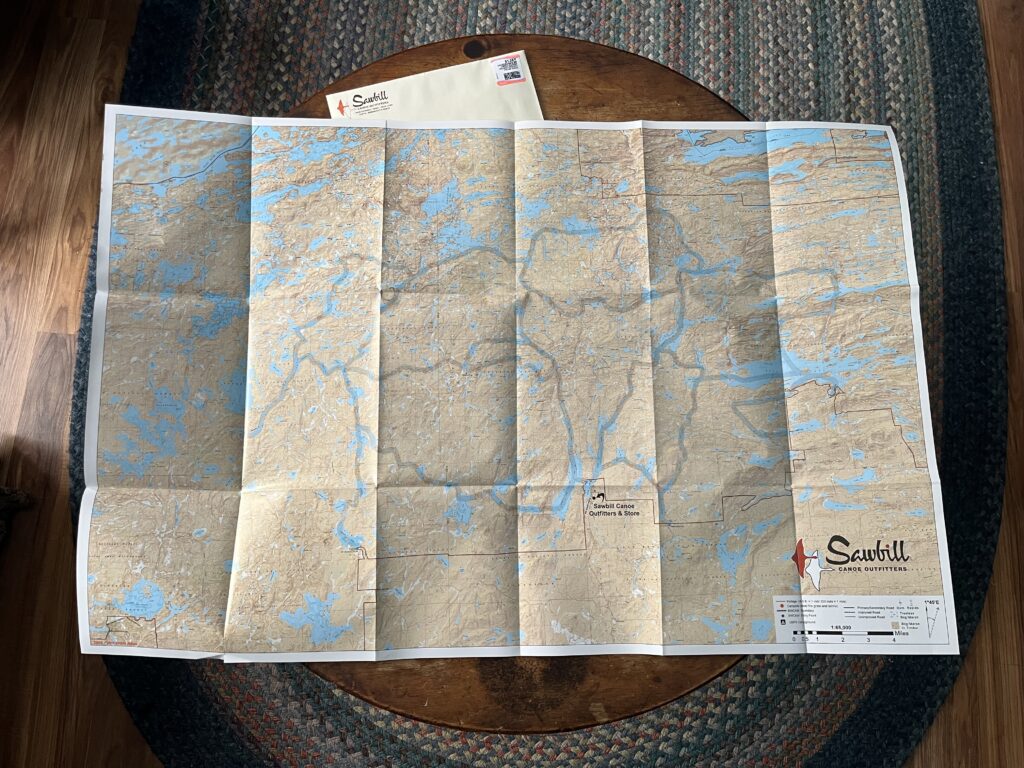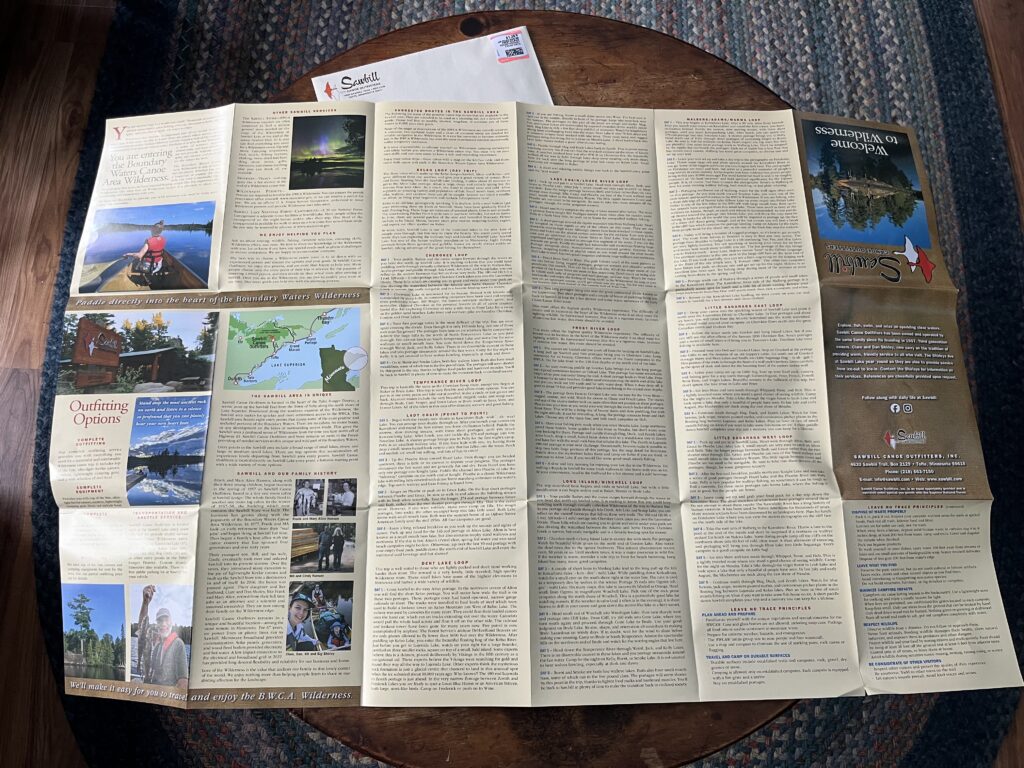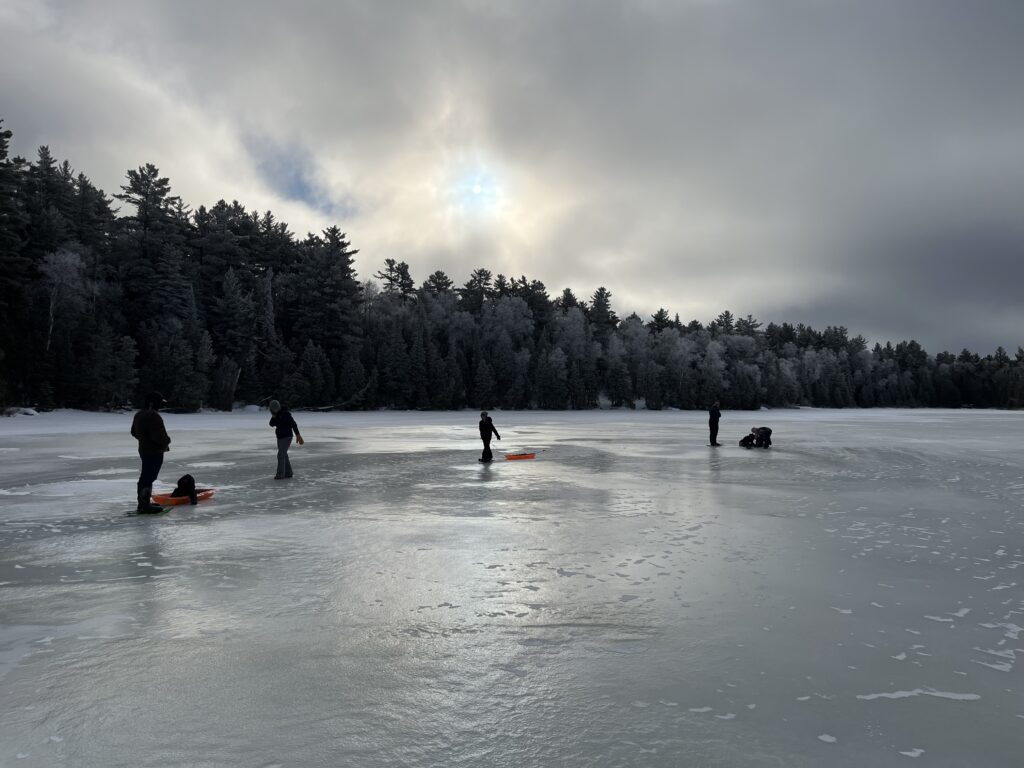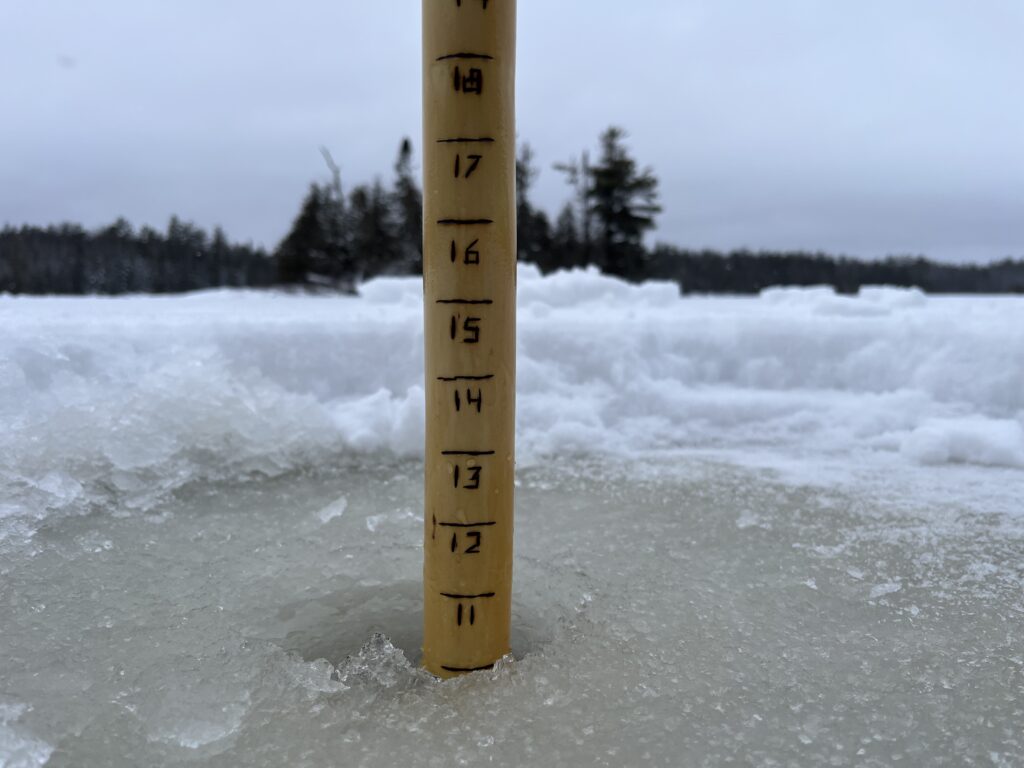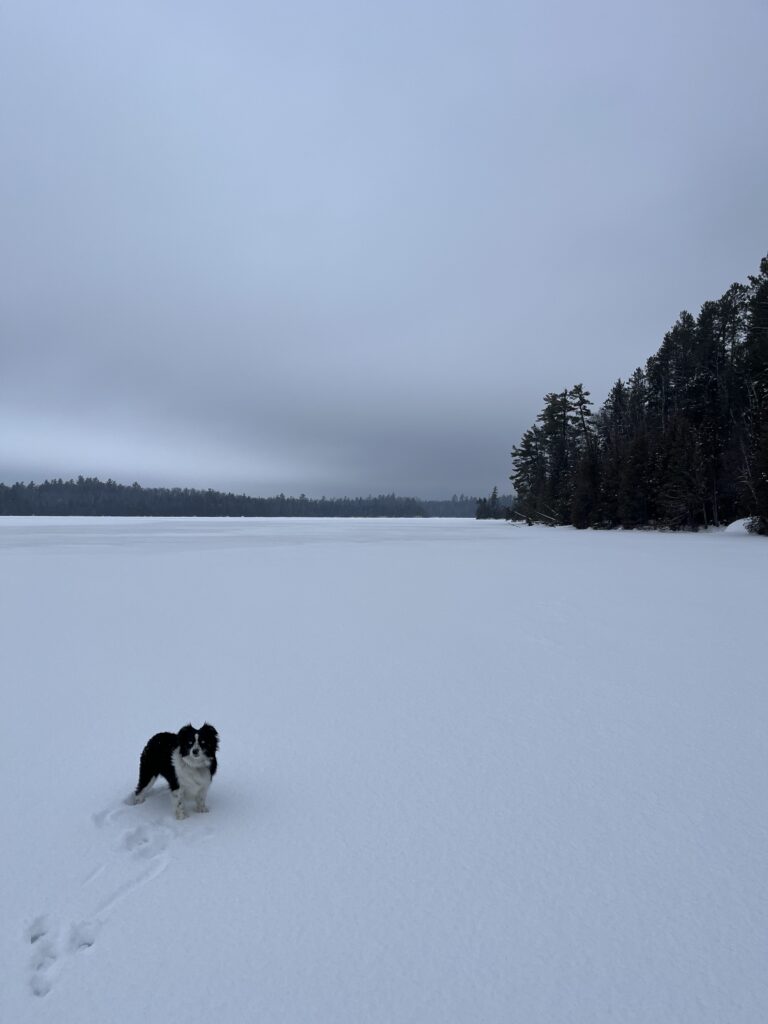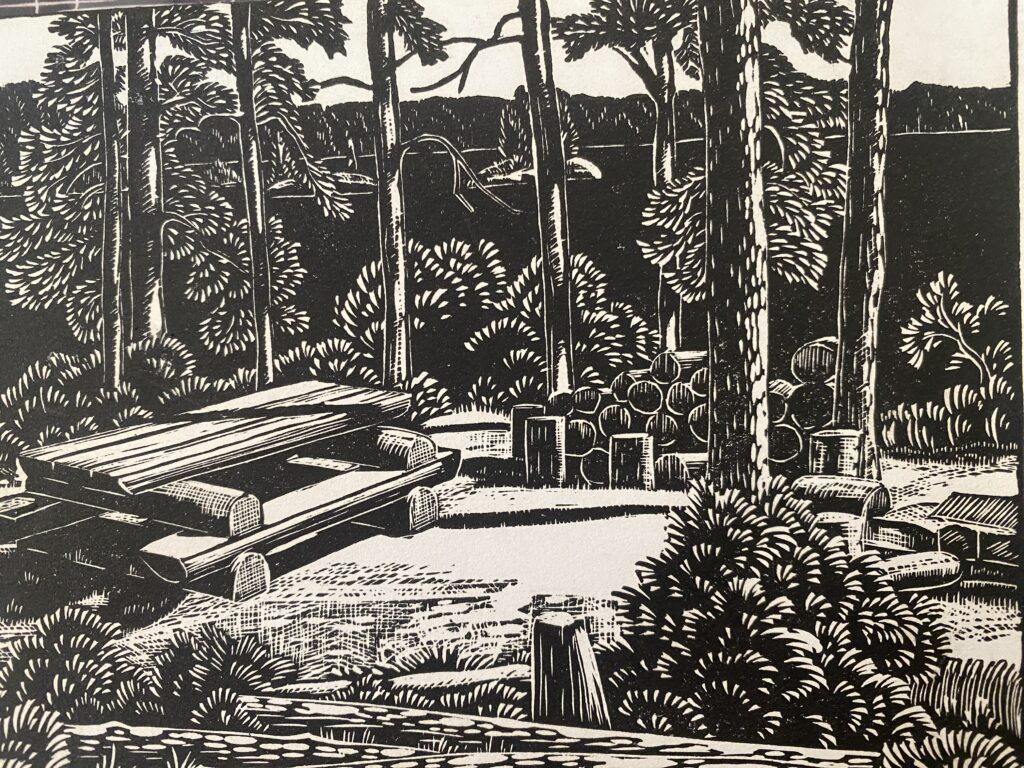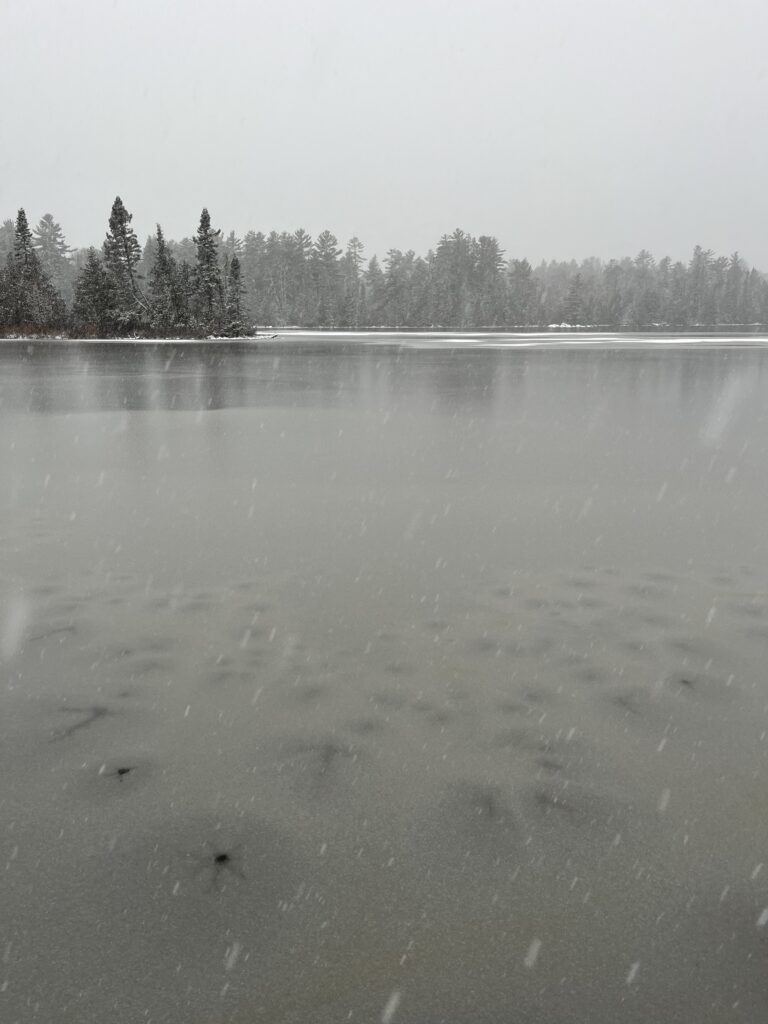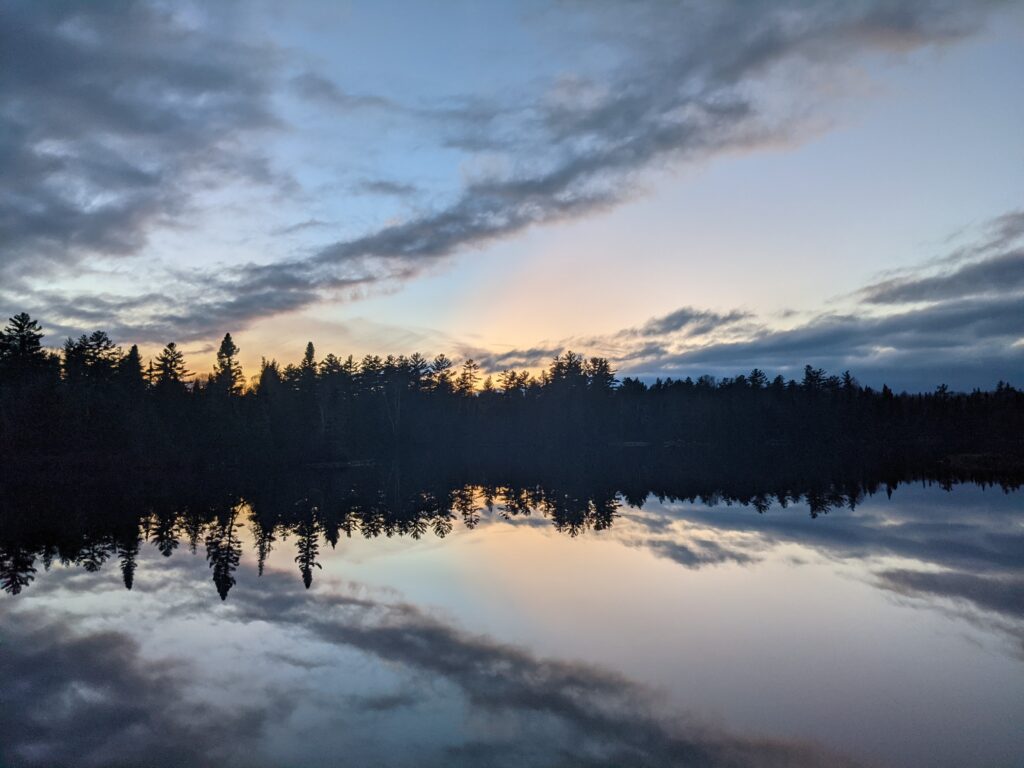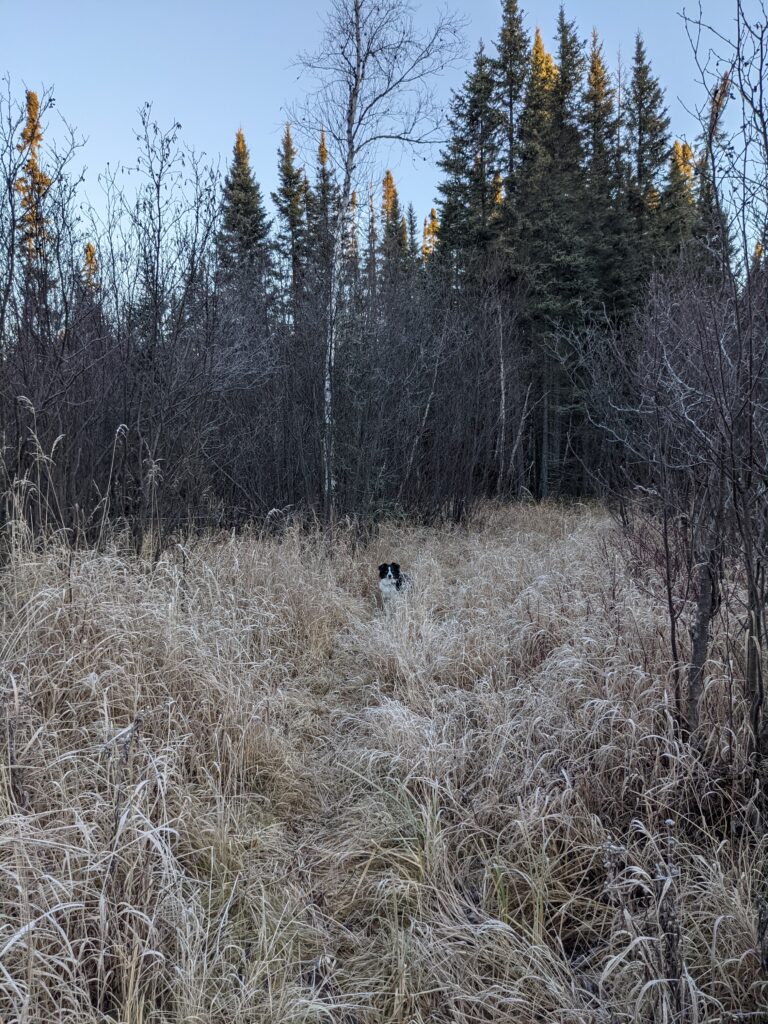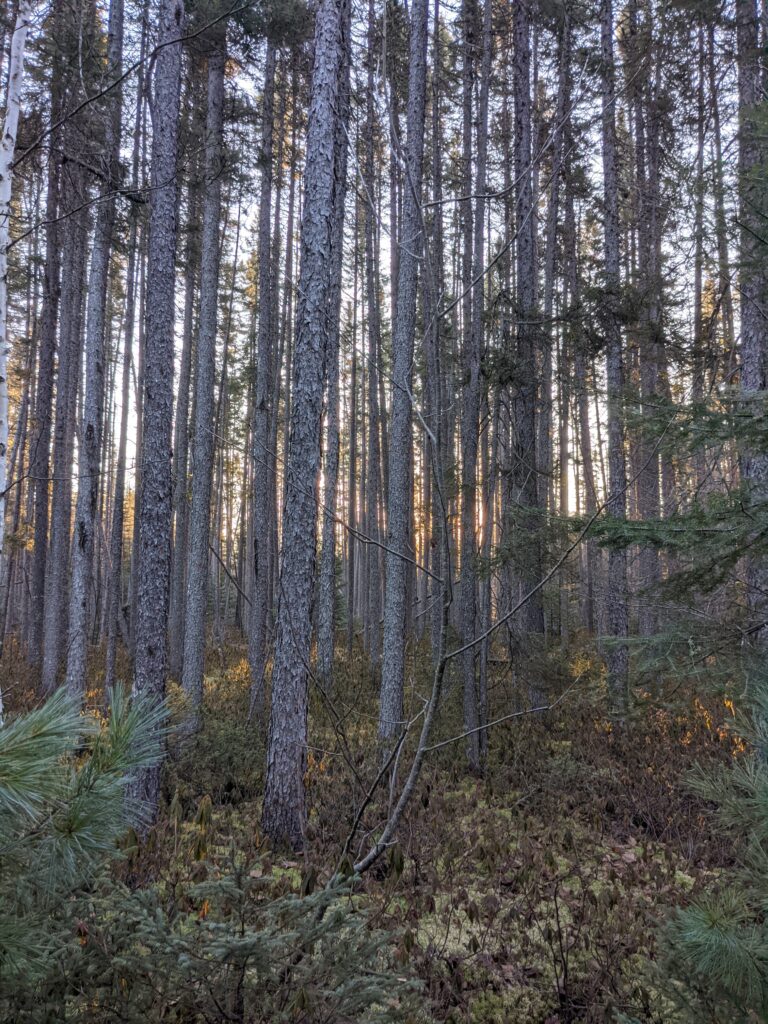1/20/25 – The Forest Service recently published the following press release outlining some important information to know before booking your permit. Included are answers to some frequently (and not so frequently) asked questions as well as some helpful tips for a smoother experience on recreation.gov.
After reviewing the press release you might also be interested in watching our BWCA permit reservation how-to video, and as always feel free to call or email with any questions!
Also of note; we have availability for all canoe types for all dates at this point, so you can book your permit with confidence that we will have a canoe for you! -Jessica
Facts & Tips for Reserving a Permit and Planning a Trip to the Boundary Waters Canoe Area Wilderness
Release Date: Jan 17, 2025
Contact(s): Joy VanDrie, Public Affairs Staff Officer, Cathy Quinn, Assistant Wilderness Program Manager
The Boundary Waters Canoe Area Wilderness (BWCAW) permit reservations for the 2025 quota season, May 1 – September 30, go on sale beginning at 9:00 a.m. CST on Wednesday, January 29, 2025, through Tuesday, September 30, 2025. Visitors taking an overnight paddle, overnight motor, overnight hiking trip, or a motorized day trip into the BWCAW between May and September are required to obtain a quota permit. Visitors are encouraged to book their reservations online at www.recreation.gov or by calling 1-877-444-6777.
Data suggests visitors reserve more permits than they can use. Forest managers ask everyone to keep these facts in mind while planning a BWCAW adventure:
- Reservations surged during the pandemic, while cancellations more than doubled in six years.
- In 2024, over 11,000 permits were cancelled, 58 percent were reserved in January.
- Cancelled reservations are available for resale within 24 hours so there’s no shortage of quota.
- “No-shows” without cancellation has increased in the BWCAW.
You can help prevent stockpiling and hoarding permits by following these best practices:
One Permit per Day
- The Forest Service reserves the right to cancel multiple same day, overlapping, and consecutive reservations under the same permit holder name without notification. Permit holders are limited to one permit per day, because they can physically only be in one place at a time and must stay with their group for the duration of the trip.
Cancel Right Away
Cancel immediately if you cannot go using the Recreation.gov app. The app is not recommended for on-sale events, for best results on January 29, use a computer or laptop with Chrome.
Tips for making a successful reservation:
- Plan Ahead: Have at least three travel options (dates and entry points) in mind if your preferred option is unavailable yet only reserve the permit you can use.
- Be Considerate of Others: Know where and when you are going before making a reservation. When visitors only reserve the permit they can use, entry points have more quota available, and groups have more time to plan trips that fit their skill level.
- Permits are not transferable: Permit holder, alternates, entry date and entry point cannot be changed once the permit reservation is made. Only the permit holder or alternate permit holders specified at the time of reservation can pick up the permit (photo I.D. required). Permits must be picked up on the entry date or one day prior.
- Alternate Permit Holders: Check the box under group member names to select alternates who can pick up the permit if the permit holder cannot go. Alternates cannot be added later.
- On-line Reservations: The latest version of Chrome is recommended. Create a Recreation.gov account or ensure you have one. Be logged in and refresh your screen at 9:00 a.m. CST to begin.
- Issue Stations: Change issue stations online at Recreation.gov. Log in and select “Reservations” to modify a permit. Review hours and locations to select an issue station near your entry point.
- Multi-factor Authentication (MFA): MFA is new and completely optional for visitors to access their Recreation.gov account. This selection adds a layer of security but is not required.
- Fees & Cancellations: Review this section of the BWCAW permit to ensure you are aware of all related fees and the cancellation policy – www.recreation.gov/permits/233396.
Successful trips are the result of careful planning!
- Leave No Trace Videos: Watch and share the Leave No Trace (LNT) video series with your group prior to arrival. Then watch Part 3 and review the BWCAW Regulations and Rules at issuance
- BWCAW Trip Planning Guide: Review the trip planner. Topics include permits, Leave No Trace, regulations and rules, safety, entry points, maps, history, volunteering, and more!
- Trip Itinerary: The BWCA Wilderness is over 1 million acres in size. Leave a trip itinerary with family or friends prior to departure, see example on page 23 of the trip planner.
- Route Planning: Look online for route planning guidebooks, trip ideas and information. Contact local outfitters, guides, resorts, or commercial issue stations.
- Bear Awareness: BWCAW visitors are required to properly store food. Read the Forest Order and consider using IGBC approved containers, product-tested and found to be resistant to bears.
- Superior NF Recreation Opportunities: Is wilderness the best option for your group? The forest has 3 million acres with over 200 backcountry campsites that require no fees or reservations. Visit the Superior National Forest website for canoe routes (outside BWCAW).

